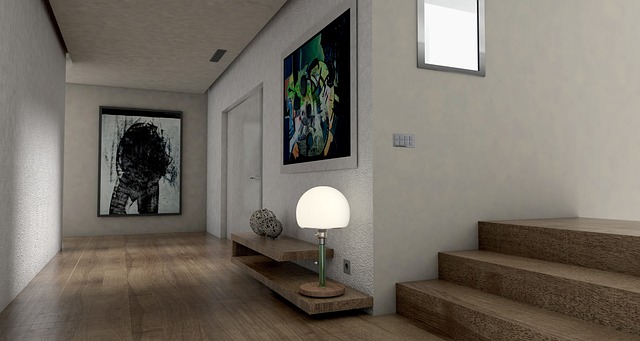The Future of Simulation: Exploring Object Interaction in Virtual Reality and Beyond
The world of simulation is evolving, taking us to thrilling new heights where our digital interactions feel as authentic as our real-world experiences. One aspect at the forefront of this evolution is object simulation, particularly in the context of virtual reality (VR), augmented reality (AR), and the expansive metaverse. As we delve deeper into these realms, understanding how we interact with objects is key to unlocking the full potential of these technologies.
Virtual Reality: A New Dimension of Interaction
Imagine stepping into a fully immersive environment, where the digital and physical worlds seamlessly blend. Virtual reality takes you there, providing unprecedented opportunities to interact with objects in ways that were once the stuff of science fiction. With VR, the concept of object simulation transforms from static models into dynamic experiences.
In VR, every subtle movement, every touch, and even the act of reaching out to grab an object can elicit a genuine emotional response. This is not merely a game; it’s a new dimension of existence where the rules of physics and interaction are redefined. Whether it’s a virtual training exercise or an adventurous exploration of fictional landscapes, the ability to manipulate virtual objects simulates real-world physics, allowing users to engage in experiences that foster learning, creativity, and connection.
Augmented Reality: Enhancing Reality with Digital Objects
While virtual reality immerses users completely in a simulated environment, augmented reality enriches our current surroundings by overlaying digital information. This technology enhances object interaction by superimposing virtual elements onto the real world, fundamentally changing how we perceive and interact with our environment. With object simulation at its core, AR offers endless applications—from educational tools that allow students to visualize complex concepts in real-time, to home improvement apps that let users see how a piece of furniture would look in their living room before making a purchase.
AR bridges the gap between the digital and physical, transforming everyday experiences into interactive adventures. Envision walking down a street where digital signposts guide you, or examining a product in store, only to see additional features and reviews projected right before your eyes. This merging of realities ignites creativity and provides solutions we never knew we needed.
The Metaverse: A Collective Vision of Interaction
As we venture into the metaverse, the concept of interaction reaches new dimensions. This collective virtual space is teeming with opportunities for rich and meaningful interactions, where object simulation plays a central role in defining user experiences. In this expansive digital universe, users can create, share, and manipulate virtual objects in ways that transcend traditional gaming and social platforms.
The metaverse promises a place where collaboration knows no boundaries. From hosting virtual art galleries to building entirely new worlds, the interactions within the metaverse are limited only by the imagination. Users can engage with computer-generated avatars, play interactive games, or partake in social gatherings that mirror real-life engagements—all while participating in a shared, simulated existence where object interaction is fluid and organic.
As we forge ahead into this dynamic landscape of object simulation, we find ourselves at the intersection of technology, creativity, and human connection. With VR, AR, and the metaverse setting the stage for transformative experiences, it’s clear that the future of simulation holds limitless potential, inviting us to explore and interact with the world in ways we have only begun to imagine.



